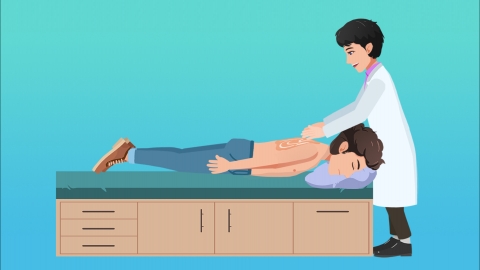Is pediatric cough massage effective?
Generally speaking, whether pediatric massage is effective for children's cough needs to be determined based on the cause and severity of the cough. If the cough is a mild external contraction type, massage might be helpful. However, if the cough is severe and caused by an infection, massage alone usually isn't effective. If symptoms persist, it is recommended to seek medical attention promptly. Detailed analysis is as follows:

If the cough is caused by mild external pathogenic factors such as cold wind or heat wind invading the body, pediatric massage often achieves better results. Massage techniques such as pushing between the eyebrows (Zanzhu), pushing on the eyebrow ridge (Kangong), and rubbing the temple area (Taiyang) can help relieve surface symptoms, dispel wind, promote lung function, and alleviate coughing. These techniques also regulate the flow of blood and Qi and improve organ function, thus helping the body to expel external pathogens and relieve cough symptoms.
However, if the child's cough is caused by a severe bacterial or viral infection, such as pneumonia or bronchitis, and is accompanied by symptoms such as high fever, rapid breathing, and wheezing, massage alone is often insufficient to control the condition. In such cases, timely medical treatment is necessary, including comprehensive measures such as medication to eliminate the infection and relieve symptoms.
In daily life, it is important to ensure the child gets adequate rest and sleep, drinks plenty of warm water to keep the respiratory tract moist, follows a light and easily digestible diet, and avoids raw, cold, spicy, or irritating foods. Maintaining fresh, well-ventilated indoor air with appropriate temperature and humidity, and reducing strenuous physical activity, can also help alleviate the aforementioned symptoms.





